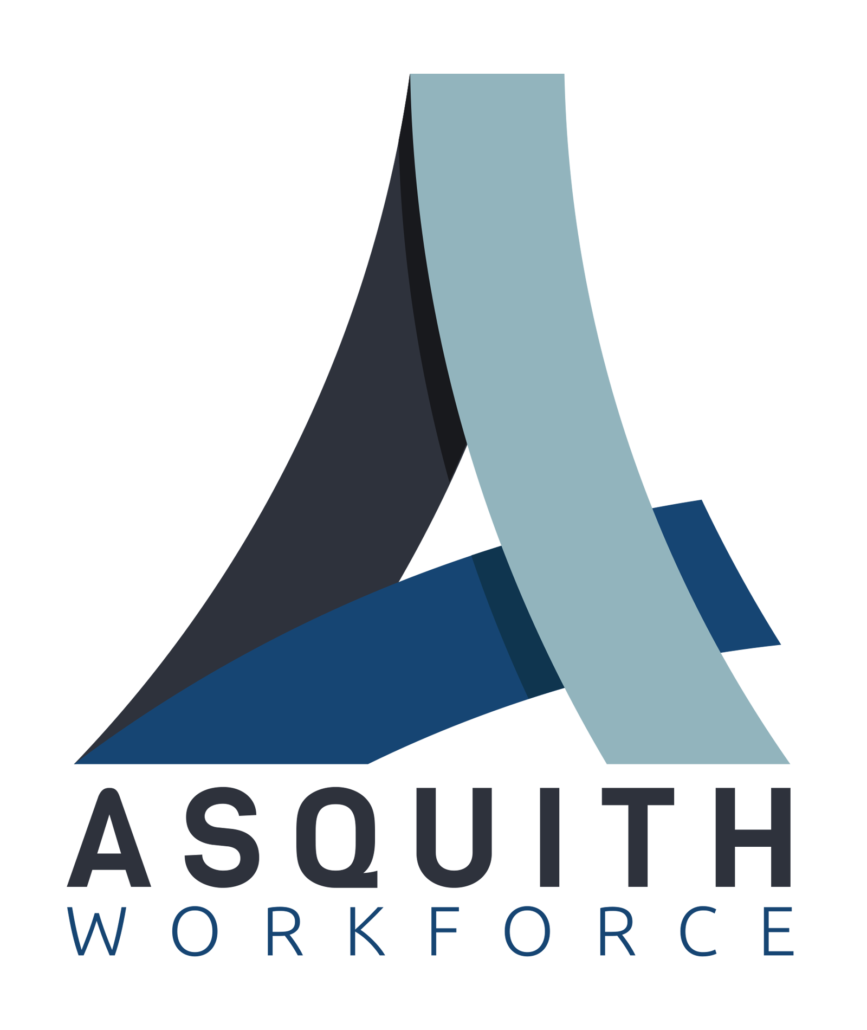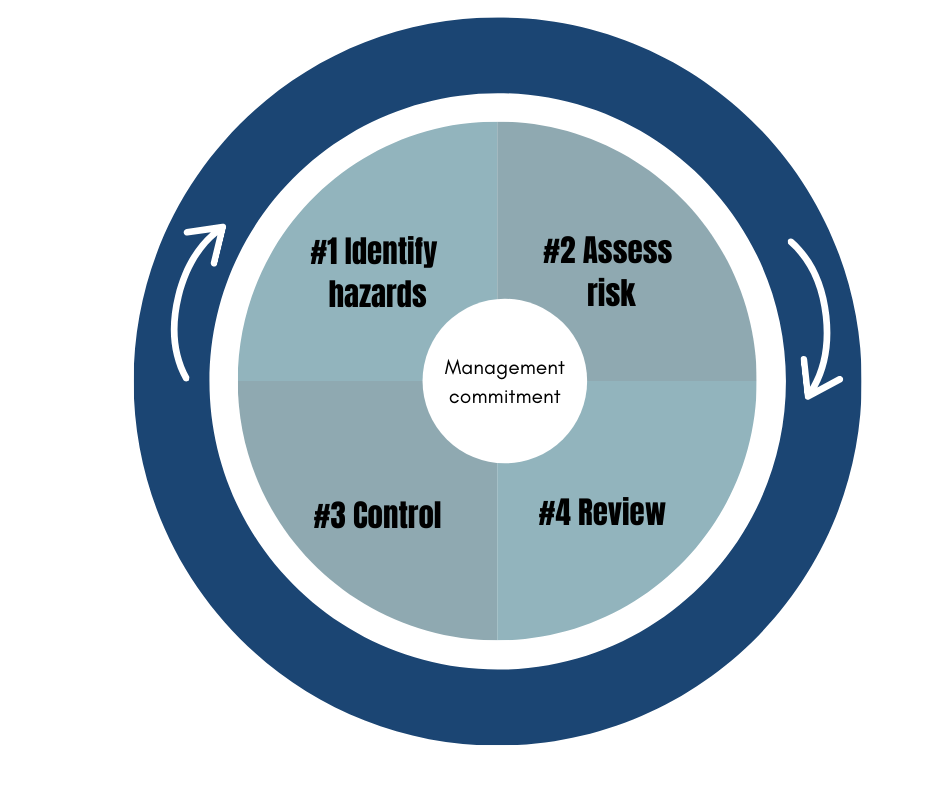When we think about the risk of injury occurring on worksites it’s natural to imagine physical accidents, but that is not the only kind of workplace injury that can affect your workers.
According to Safe Work Australia, psychological hazards in the workplace can include anything in the design or management of work that causes stress to an employee.
On a worksite, these risks can include things like exposure to bullying, aggression, discrimination, lack of support, proximity to high emotional distress from other workers, and/or sudden and drastic change within the workplace.
According to Asquith Workforce Managing Director Jillian Asquith, industries like construction often have the highest rates of depression and anxiety within their workforce and so it is imperative that employers take steps to ensure the mental wellbeing of their teams.
“We work closely with community organisations like Lifeline, as well as our clients, to ensure workshops like Mind Your Mates and other mental health initiatives are accessible to workers, but mental health and wellbeing is an important topic that should be regularly addressed in the workplace,” she said.
“Ensuring your workforce is happy in their job and experiencing emotional wellbeing is the number one priority when it comes to workplace mental health, but the mental stability of your workforce is also directly related to things like employee retention and return on investment.
“Taking steps to support the mental wellbeing of your workforce is important, and when done successfully, provides a win-win situation for everyone.”
Safe Work Australia has a Four-Step Preventative Process to help company leaders manage psychological wellbeing, intervene early, and take action to prevent workers from becoming ill or sustaining a psychological injury.
Step One: Identify
Identify psychological hazards and risks by:
- Talking and listening to your workers
- Inspecting your workplace
- Taking note of how your workers interact
- Reviewing reports and workers
- Using a survey to gather information from staff
Step Two: Assess
Consider what could happen if workers are exposed to the identified hazards and risks. Many hazards and risks. Many hazards and their associated risks are well-known but some may need to be identified through a formal assessment process.
Step Three: Control
Where possible, eliminate the risk. This is always the safest option, but if it isn’t possible, minimize the risk as much as possible through planning and prevention.
Step 4: Review
Maintain, monitor, and review control measures when necessary. It is important to regularly review control measures to ensure they remain effective.
Asquith Workforce is a no-judgment, culturally diverse recruitment agency with a commitment to placing the right person in the right role, regardless of ethnicity or gender.
For all your recruitment and labour-hire needs contact us at recruit@asquithworkforce.com.au or call 1300 737 751.


